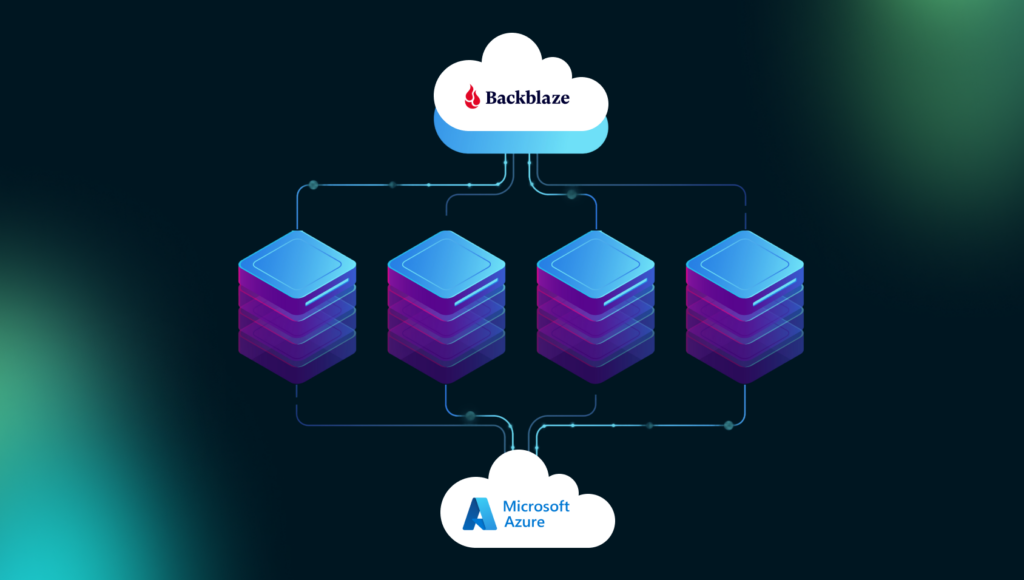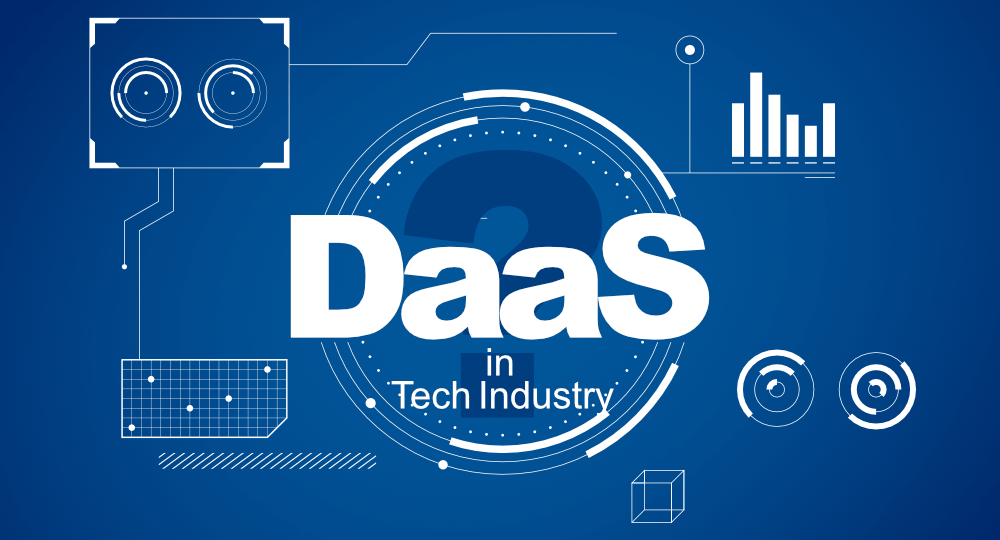Stop Paying the Integration Tax: How Snowflake and No-Egress Storage Solve the Complex One-to-Any Data Distribution Challenge
The volume of data created by companies has exploded, leading to a corresponding boom in data analytics teams and analytical environments. However, this growth has exposed a critical and costly flaw in traditional cloud infrastructure: egress fees, the charges incurred every time you move data out of your storage provider.
Unlocking High-Performance Workloads: A Deep Dive into GPU Cloud Computing

In this post, we’ll unpack what are GPUs, how GPU cloud services work, the real benefits (and roadblocks), and how to choose the right provider. We’ll even give you some specific tips to maximize your investment in this transformative tech.
Achieving S3 Compatibility Between Azure and Backblaze B2: A Practical Guide

Cloud storage interoperability is increasingly important for organizations seeking flexibility, cost savings, and redundancy. Backblaze B2 and Microsoft Azure are two leading cloud platforms, yet they differ in their native APIs: Backblaze B2 offers S3-compatible object storage, while Azure Blob Storage does not natively support the S3 API. This article explores how you can bridge the gap, enabling S3-compatible workflows between Azure and Backblaze B2.
Data as a Service: Transforming Business Intelligence in the Cloud

Businesses generate 2.5 quintillion bytes of data daily, but only those that operationalize and democratize their data will gain a competitive edge. DaaS ensures that every team—whether sales, marketing, finance, or operations—can access the insights they need, when they need them
The Rise of the Enterprise Intelligence Graph: Transforming How We Understand Data

In a world flooded with data, context is king. But most enterprises are still making decisions using disconnected systems and flat dashboards. That’s where the Enterprise Intelligence Graph (EIG) steps in reshaping how organizations see, connect, and act on their most valuable knowledge assets.
Understanding Cloud CPU Performance and Why It Matters for Modern Infrastructure

Whether you’re running enterprise applications, training machine learning models, or hosting a high-traffic website, CPU performance directly impacts your outcomes. And in today’s elastic, distributed environment, cloud CPU options make it easier than ever to scale intelligently—if you know how to use them.
NVIDIA’s All-American Supercomputer Move is a Cyber Resilience Game-Changer

For decades, the U.S. has outsourced its most mission-critical hardware manufacturing—most notably to Taiwan’s TSMC, which produces the overwhelming majority of the world’s cutting-edge chips. These chips power everything from AI models to military systems.
Data Egress Explained: Understanding the Risks, Costs, and Best Practices

Data security isn’t just a buzzword. It’s a pressing concern for organizations managing vast amounts of information. One of the most overlooked risks? Data egress. This seemingly harmless process—the transfer of data from a private network to an external location—can pose serious financial and security threats if left unchecked.
From skyrocketing cloud costs to data exfiltration attacks, understanding data egress is crucial for any business storing or transmitting sensitive information. In this guide, we’ll break down egress definition, compare it to data ingress, explore the threats and costs, and provide best practices for managing data egress effectively.
Data Egress Security Threats: Protecting Your Sensitive Information

Yet, just like oil, if data leaks, it can cause irreparable damage. Every organization transfers data out of its network daily—sending emails, uploading to the cloud, or sharing files externally. This process, known as data egress, is necessary for business operations but introduces serious security threats. Cybercriminals, malicious insiders, and weak security policies can turn routine data transfers into catastrophic data breaches.
So, how do you protect your organization from data egress security risks while maintaining seamless operations? Let’s break it down.
Ingress vs. Egress in the Cloud: Understanding Data Flow and Security

Data flows in. Data flows out. In cloud computing, understanding ingress and egress is fundamental to controlling data movement, security risks, and operational costs. Yet, many organizations overlook these basic concepts—until they face unexpected egress fees or a security breach.
So, what’s the difference between ingress and egress in the cloud? More importantly, why does it matter? Let’s break it down.
